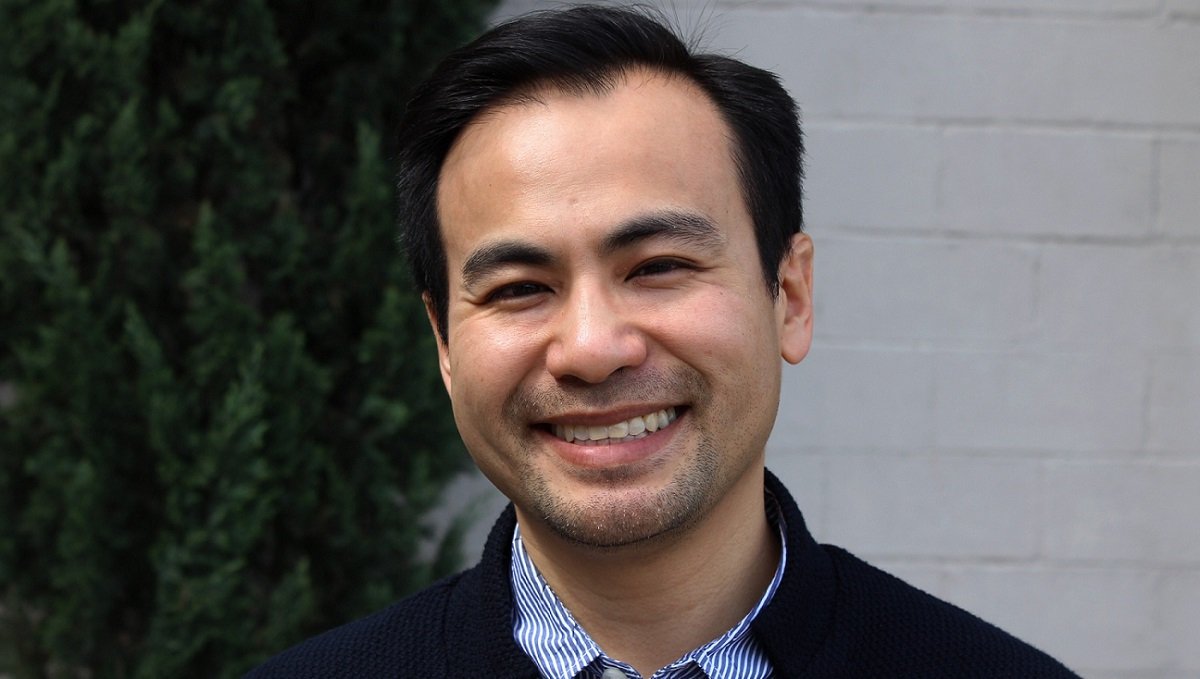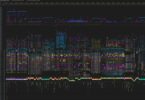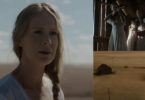Editor Quan CM Tran of Dallas-based 3008 Editorial, on current trends and the fundamentals of success in the world of an Editor
How has technology changed editorial creative processes?
Technology continues to provide more options for workflows, making the process faster. Examples are shortening the time from acquiring media to edit and also the organization of it with metadata and even non-offline workflows. This freed up time allows you to start the editing process sooner given the context of your situation.
There’s also been a real democratization of video editing. Lower prices, subscription models and various NLEs (non-linear editing systems) are offering more tools in their suite of offerings. This integration is making the creative process potentially more seamless between artists and the ability to be a one-man band is easier than before. There are also mobile offerings for software; the ability to edit on your phone was unthinkable just a few years ago. That, coupled with the ability to learn online has lowered the barrier to entry to nothing more than a modest computer, an internet connection, and a desire to learn.
And with more videos being created, there are more voices and ideas out in the world. So the language of video is changing at a faster pace because the demand is there and growing. The accessibility of video has also allowed for better pitches and rips to be formulated, for better or for worse at times. Better because you can create some nicer pitches for agencies, but worse in ways because clients can potentially fall for demo love and not execute the idea in a new way.
What will be interesting in the not-too-distant future is how 5G is going to change the landscape. Cloud video editing has been around for a while, but there’s potential for things like your phone being coupled with virtual workstations via 5G, to have that processing power and truly work from anywhere. You could see a fundamental shift from owning local workstations to subscription of hardware, like we do software now, which would lower the barrier for more people to enter. And you wouldn’t have to keep up with upgrades, storage, drivers and so forth.
Then you’ve got artificial intelligence (AI) and machine learning. We’ve all seen Facebook, Google, Apple, and apps create videos from our own videos and photos. A few years ago, Stanford showed AI doing video edits with dialogue. While crude, we’re at the very early stages of it. You’ve got computers writing articles now, and they’re getting better. You couple that with facial recognition and natural language processing, and the potential could really bring about some crazy results. Things like deep fakes.
I personally use AI services to transcribe footage of interviews. While it is far from perfect, it has saved me hours on projects already, similar to how syncing of audio and video was automated years ago. These type of tools are continually automating a lot of laborious tasks and handing that time back in the hands of editors to edit.
Ultimately, editing still comes down to the art of the cut. And at the end of the day, that’s still the heart and soul of it.
What are key traits that form the foundation of every great editor?
Editing is an invisible art. At some point, I think most editors come across Walter Murch’s “In the Blink of an Eye,” a sort of de facto Bible of editing. His ability to write and articulate difficult abstract concepts is a testament to his ability to communicate. It is when you try to articulate notes to a client or a team that you realize why something works or doesn’t. His observations and framework of what makes a good cut would be great for any person who is interested in editing.
Having different skills, like design, motion design, and sound design are great languages to bring to the table. The more you can do to exhaust various avenues of an idea, the better. And in the process of learning, you experience great empathy and appreciation for those disciplines and other artists on your team. It also helps you to develop your tastes and develop different approaches to things. These things all harken back to the fundamentals of the edit, so if you don’t have the rhythm, story, and emotion in a good place for a piece, then it’ll tend to fall short of its potential.
Also, you rarely work in a silo, so collaborating, listening, taking constructive feedback from others, clearly communicating your thoughts, bringing a fresh perspective, and putting people at ease are all attributes of great editors I’ve worked with and learned from. Being able to navigate that while keeping intact a vision of your cut is definitely an endeavor.
What are some of the common creative challenges you face today as an editor and how do you address them?
Each project brings on its own set of unique challenges, so you’re tailoring for each one, a bespoke approach. There are different approaches to dialogue, docu-style, comedy, montage etc. At times you have a wealth of footage and other times not, and the same goes for time. I’ll do research beforehand based on the project and also think about workflows and issues that can come down the line. This is so the time is well spent in the edit bay with clients exploring creative options. You also have to be adaptable and resourceful because everybody has a plan until you get punched in the mouth in the 11th hour.
Do you have a different approach when cutting a spot for Broadcast versus Online?
For the most part, the approach is the same. There are various parameters you have to account for like the size of the frame, length, amount of time for skip buttons, but these are all factors that will continue to change with the times. In the end, it’s still about communicating the creative as clearly and effectively as possible.
What do you like to do in your spare time?
In this day and age of social media, I’m trying to spend more face time with family and friends so maintaining community is important to me. I probably watch and travel to more sporting events than I care to admit, but I love the strategy, competition, design and unscripted nature of it all. It’s one of the last things people still watch live, so there’s still a communal aspect of it you don’t get with binge watching shows.
And I’m always trying to learn. I’ll take classes from time to time, cook, volunteer, write, read and continue to fail and learn from that process. It’s all about seeing things from different perspectives.
What is your favorite project and why?
There have been several. One project was with computer generated (CG) squirrels where they re-enacted a Bollywood dance number. I remember late one night, the director was in my edit bay and he was doing dance moves, I was doing dance moves, to help time out scenes. You can cross that off of my bucket list. It was for Kit Kat in India.
There are a few virtual reality (VR) projects as well. One was with Andrew and Luke Wilson for Shinola. They were such gracious collaborators and it was one of those rare moments, working in a medium that was a sandbox, feeling like you were doing something new for the first time again. We had to think about editing spatially in 360 degrees along with the regular timing of the edit. So there was choreographed movement within the world to think about, elements of physical comedy, and improvised lines of dialogue to piece together. I suggested cutting up the scenes, jumping back and forth between time, and introducing a clock element to tie in Shinola’s background of watchmaking and give the viewer a sense of time. Spatially, I cut the action to help guide the viewer on how to track the action. It was a special experience and the team was great. VR Scout later deemed it a template for the genre for years to come. And it went on to receive a Lumiere award and was shortlisted by the Association of Independent Commercial Producers (AICP). That was a nice by-product of everyone’s collective vision coming to life.
Another VR piece was with director Jayisha Patel called Notes to my Father. It was the world’s first VR film about sex trafficking. We spent countless nights just honing on the feeling, arc, words, and timing of it, telling this woman’s story of being sexually trafficked by her father. It was told as a narrative and it really showcased the potential of empathy in VR in large parts to Jayisha’s gift in capturing real emotion on camera. Seeing people come out of the viewing with tears was really moving. And it is being used as a tool to help others in the field.
About 3008:
Fueled by a diverse collection of talent, 3008 is an award-winning editorial company that also offers turnkey production services. Its network of editors and directors spans from Dallas to New York to LA, and provides Clients with editorial and production services for projects that range from TV and radio commercials to documentaries, music videos and social media campaigns. Visit www.3008.com for more.










